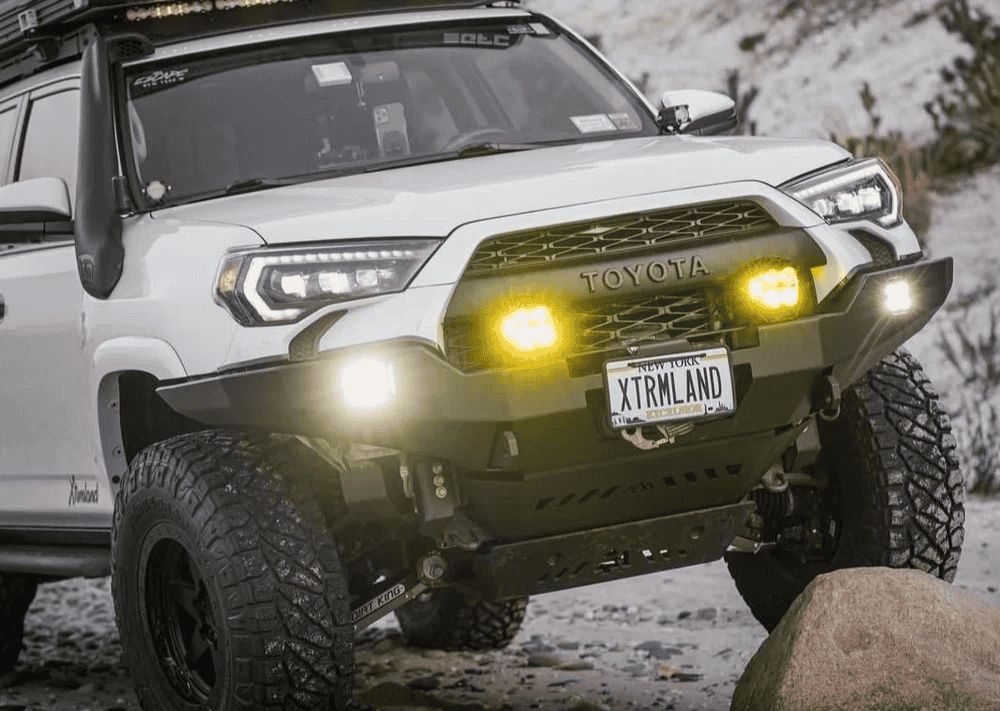Overland Vehicles

High output solar integration is the art of turning limited roof real estate into dependable daily energy. The equation blends panel efficiency, thermal behavior, shading tolerance, and the electrical strategy downstream. Rigid monocrystalline modules remain the benchmark for output per square foot and longevity, while premium flexible options help when weight or complex curves matter. Bifacial designs can add a modest bump when light reflects off bright surfaces, though real world gains depend on mounting height and surroundings. Tilt frames improve winter production at high latitudes, but in motion they add drag and complexity, so fixed low profile installs dominate mobile use.
Shading is the quiet system killer. Bypass diodes help, yet a single crossbar shadow can cut string current. Space panels to avoid roof hardware shadows during peak hours and keep wiring layouts flexible enough to split strings if a partial shade pattern appears in testing. Heat also trims output, as panel voltage drops with temperature. Air gaps under modules and light colored roofs help reduce cell temperature, preserving voltage headroom for the charge controller.
Map your roof like a city planner. Identify skylights, fans, antennas, and racks, then frame solar as blocks that avoid traffic. Keep wiring runs short, route service loops where reachable, and ensure future access for cleaning and fasteners.
Choose modules with high temperature coefficients and strong frame construction. Use corrosion resistant hardware, isolate dissimilar metals, and seal penetrations with proven methods designed for mobile vibration and weather cycles.
Consider seasonal tilt only if your travel pattern demands it. In most mobile cases, a low drag, rigid array with solid airflow underneath wins on simplicity, noise, and reliability.
High output begins at the roof, but it lives or dies at the charge controller. A quality MPPT controller harvests the most energy by tracking the voltage current sweet spot as light changes. For large arrays, multiple MPPTs let you isolate strings with different shading profiles, reduce single point failures, and spread thermal load across devices. Match controller voltage limits to array open circuit voltage at the lowest expected temperature and size current capacity with realistic irradiance bursts in mind.
Wiring strategy sets the stage for low losses. Series strings lift voltage to cut current and reduce copper size, while parallel strings keep array voltage gentle and add shade resilience. Many mobile systems use a hybrid approach, building several modest series strings and paralleled at a combiner with fusing per string. Use proper overcurrent protection, UV rated cable, weatherproof combiners, and secure strain reliefs to survive vibration.
Series boosts voltage to tame voltage drop over longer runs. Parallel stabilizes output when one string sees shade. Balance string length, controller limits, and physical roof layout to hit a practical midpoint for both.
MPPTs create heat while they harvest power. Mount them on rigid surfaces with airflow, avoid closed compartments, and follow manufacturer derating guidance for high ambient conditions.
Calculate voltage drop for continuous loads at realistic current. Choose conductors with ample margin, select DC rated breakers or fuses, and keep grounds and bonding connections clean and accessible.
Large solar arrays deserve a storage bank that can accept charge quickly and deliver surge current when needed. Lithium iron phosphate remains the go to for weight, cycle life, and high charge acceptance. Size capacity from measured loads, not guesses. Log real consumption for days and build a target for daily solar replenishment plus reserve for cloudy stretches. Inverters must handle continuous power and short surge events for devices like induction cooktops and compressors, while DC load centers distribute power efficiently to fridges, fans, pumps, and lights.
Protection ties the system together. Install main DC disconnects, class T or equivalent high interrupt fusing near battery terminals, and clear labeling for service. Grounding and bonding reduce noise and improve safety for metal bodied vehicles. Integration with alternator charging through a smart DC to DC charger helps on poor solar days, but it should be coordinated so charging sources do not fight each other. Monitoring completes the picture, giving voltage, current, state of charge, and history so you can spot trends and act before problems grow.
Verify charge settings for lithium iron phosphate, including absorption time and temperature compensation behavior. Keep charge currents within battery maker guidance to preserve life and maintain balance.
Select an inverter with a clean sine wave, quiet fans, and serviceable filters. Separate high current DC loads on dedicated circuits to avoid nuisance voltage sag.
Use shunt based monitors or high quality BMS data for accurate state of charge. Clean panels, check fasteners, and inspect cables regularly to keep production at its peak.
High output solar integration should match how and where you travel. Desert heat, forest shade, winter angles, and highway speeds all shape the design. A thoughtful layout, serious wiring practices, and honest load data turn sunlight into silent power day after day.
When you are ready to apply this in the real world, the team behind Overland rigs builds systems that thrive on rough roads and long trips. If you need a tailored fit, explore our Custom overland upfit options for complete builds or targeted power upgrades. Curious about our process, values, and testing standards, visit Why choose OZK Customs to see how we design for real use.
OZK Customs plans, fabricates, and installs integrated power systems for vans, overland trucks, and towables, including solar arrays, charge control, lithium storage, and clean wiring. From first conversation to handoff, we focus on performance, serviceability, and a fit that feels factory. Start the journey at our home page and let us turn sunlight into dependable miles.
Ready to turn solar theory into miles of quiet, reliable power? OZK Customs designs and installs high output systems that match your loads, roof space, and travel style. Share your goals and we will map the array, specify the gear, and deliver a clean, serviceable install that performs on real roads. Start your build plan today.
ADDRESS:
6159 E Huntsville Rd, Fayetteville, AR 72701
PHONE:
(479) 326-9200
EMAIL:
info@ozkvans.com